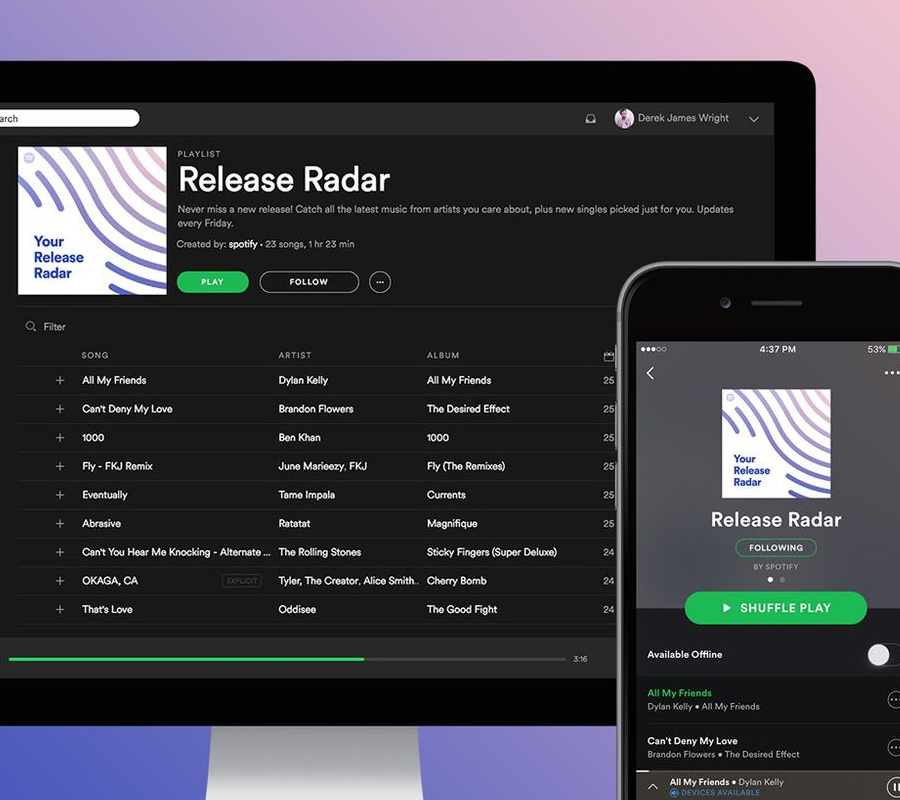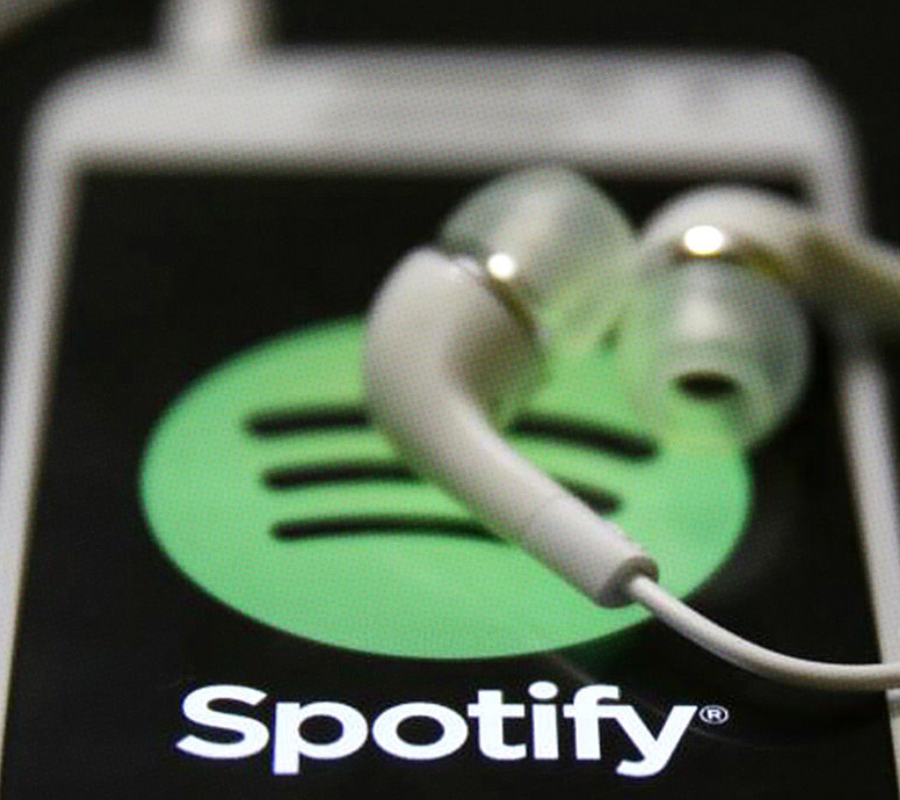Here’s a good bit of news for music lovers and Spotify users: the service has released a new feature called Release Radar, which is similar to the already-implemented Discover Weekly.
Users of the service were familiar with Discover Weekly, an automated, personalized playlist that looks for the last few months in the listening history, and recommends new songs based on the user’s personal tastes. Release Radar is similar since it also looks at the user’s listening history to recommend new music.

The key difference between the two is that the recommended tracks are exclusively new. Most of them have been released during the last three weeks. Release Radar also looks at a users’ complete listening history to make recommendations.
The algorithm for Discover Weekly ultimately relies on thousands of Spotify’s users who take advantage of the service. It looks into their behavior as they make playlists, to learn how to associate songs, and thus make recommendations based on what everybody hears.
This feature comes as another effort from Spotify to keep up with Apple Music’s curation strategy. Seeing how Spotify’s Discover Weekly playlist has 40 million more listeners than Apple Music, it doesn’t seem like a bad idea.
How Release Radar works
Release Radar relies completely on machines and code to interpret and analyze music. This would help with the situation of two bands or artists sharing the same name.

As Edward Newett, the engineering manager in charge of this new feature says “how are we sure in fact that this is Covenant the Swedish pop band and not Covenant the Norwegian black metal band?”
The answer to that question is math. Thanks to deep learning algorithms the feature can figure out the exact band or song, which also gets rid of the need of having users manually indicating what band is the “correct” one.
These advanced algorithms are primarily automated musicologists; they can figure out which songs are similar to each other.
Pandora’s grandchild
In a way, it resembles what fellow music service Pandora did a decade earlier after hiring people to listen to tracks and assign them certain characteristics.
The logic that runs both personalized playlists is the same, besides these differences, they both tap into the power of the music data powerhouse that Spotify had acquired back in 2014: the Echo Nest.
“With the huge amount of new music released every week, it can be difficult to keep up with the latest tracks,” says Matt Ogle, Senior Product Owner at Spotify.
The Echo Nest is the “machine and code” that makes these features possible. It began life a little over a decade ago, in 2005 thanks to the work of Tristan Jehan and Brian Whitman, who left the MIT Media Lab, with the intent to research and understand music content.
The device was intended to be able to identify music, and perform recommendations, create playlists, and make analysis and audio fingerprinting.
Source: Fast Company
